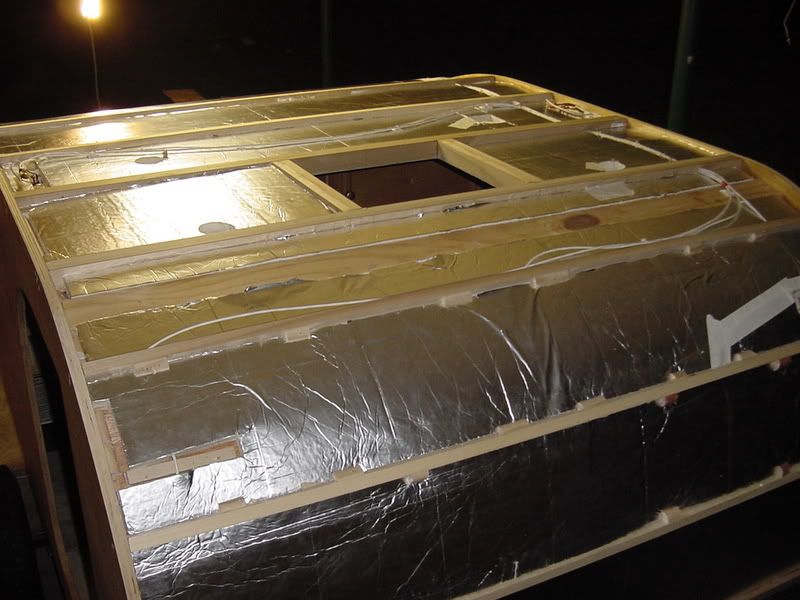Hi all, any thoughts on fiberglass insulation in walls and ceiling?
I thought of taking 3 1/2" and peeling it apart for 1 1/2" walls and ceiling.
Thanks for any and all opinions
mike c
newbie question on insulation
10 posts
• Page 1 of 1
Re: newbie question on insulation
mike c wrote:Hi all, any thoughts on fiberglass insulation in walls and ceiling?
I thought of taking 3 1/2" and peeling it apart for 1 1/2" walls and ceiling.
Thanks for any and all opinions
mike c
I am sure there have been lots of thought on this, but why deal with the itchy stuff when you can use the R-Tech board insulation? http://tinyurl.com/3yjz3d

It is real easy to work with.

Mary K
I don't know half of you half as well as I should like; and I like less than half of you half as well as you deserve. Bilbo Baggins
I don't know half of you half as well as I should like; and I like less than half of you half as well as you deserve. Bilbo Baggins
-

Mary K - 6000 Club

- Posts: 6425
- Images: 44
- Joined: Wed Aug 02, 2006 3:07 pm
- Location: Florida, Pensacola
 i'm not sure what the R-value is when you peel it in half? I was more concernd with it getting wet from condensation and such
i'm not sure what the R-value is when you peel it in half? I was more concernd with it getting wet from condensation and such 
 I didn't know any better Mike. I thought that was the way to do it. They only had one thickness at lowes to get and I surly did not want to fight putting another layer on top of that one.
I didn't know any better Mike. I thought that was the way to do it. They only had one thickness at lowes to get and I surly did not want to fight putting another layer on top of that one.
